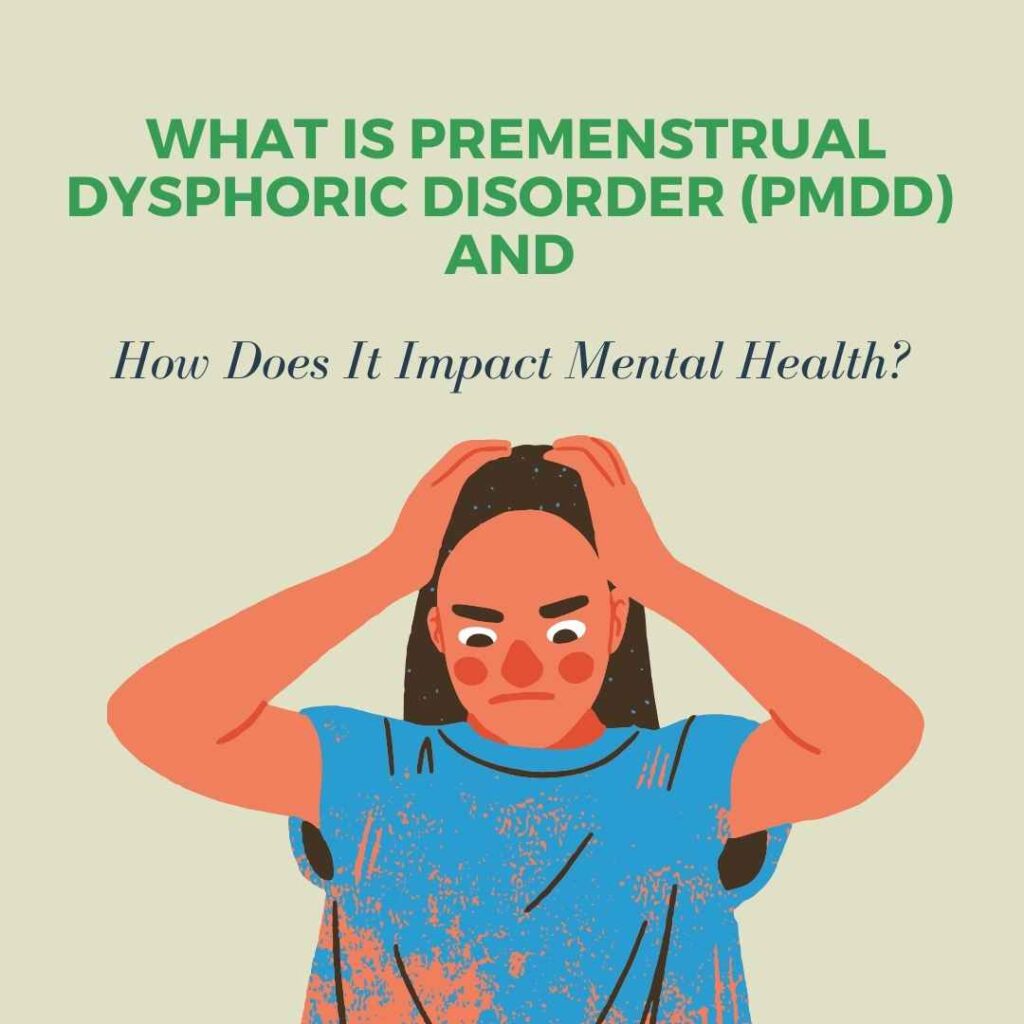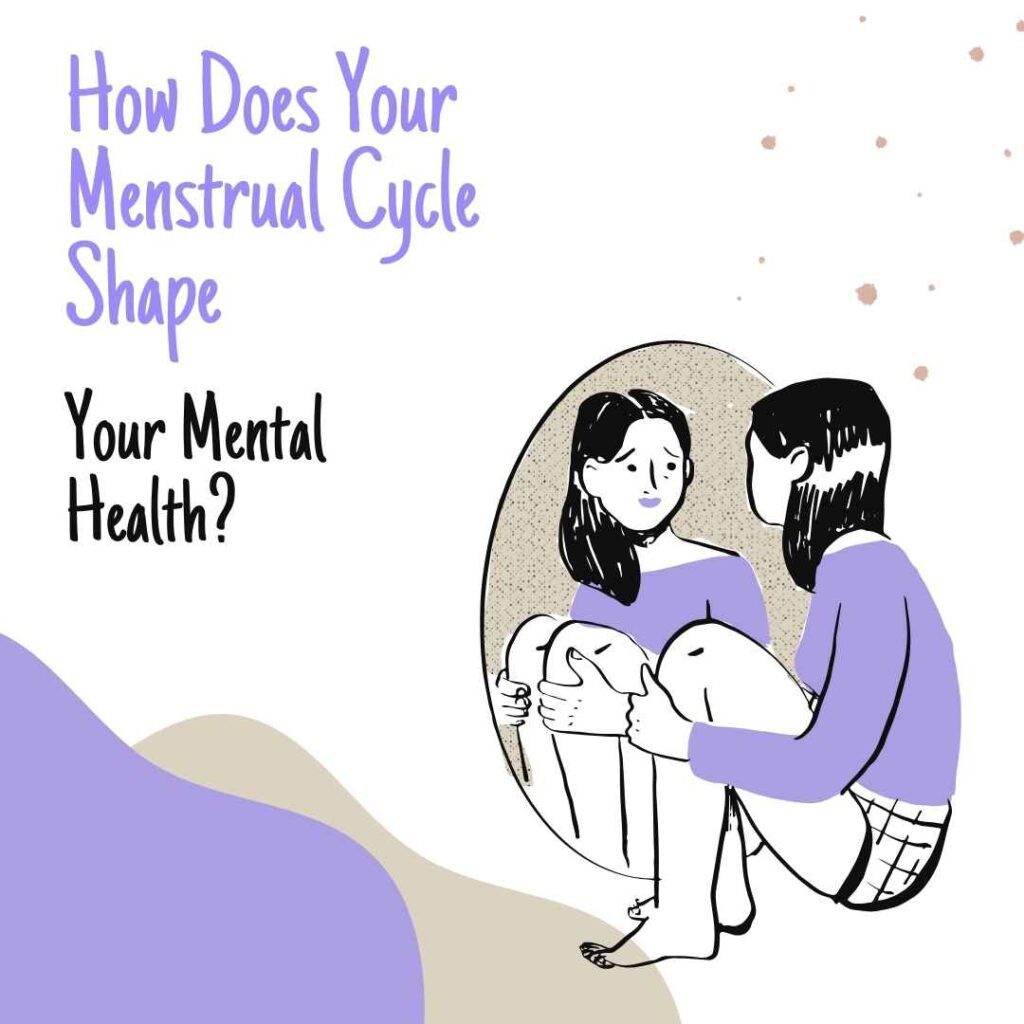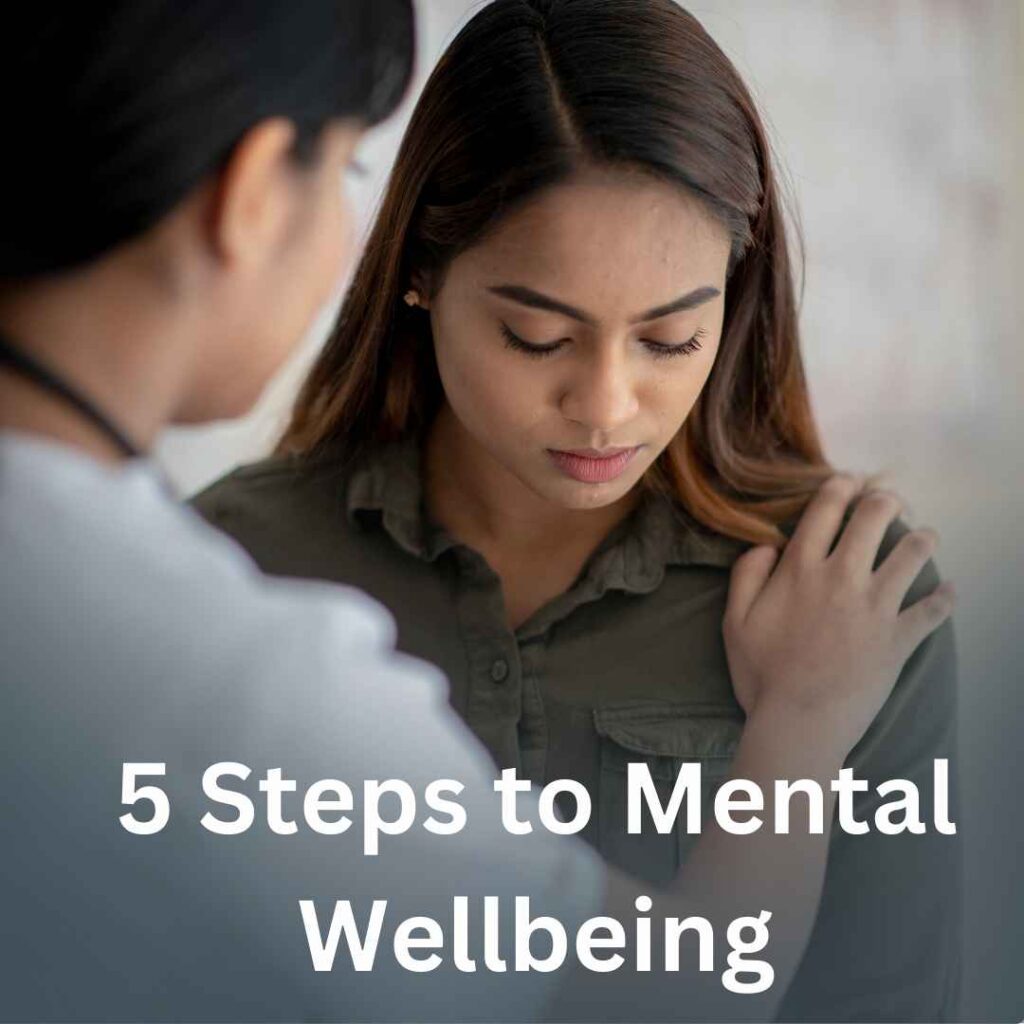Understanding Premenstrual Dysphoric Disorder (PMDD) and Its Mental Health Implications
Understanding Premenstrual Dysphoric Disorder (PMDD) and Its Mental Health Implications Premenstrual Dysphoric Disorder (PMDD) is a complex and often debilitating condition that affects a significant number of women, primarily during their reproductive years. While many women experience premenstrual syndrome (PMS), characterized by a variety of physical and emotional symptoms, PMDD takes this experience to a […]
Understanding Premenstrual Dysphoric Disorder (PMDD) and Its Mental Health Implications Read More »





